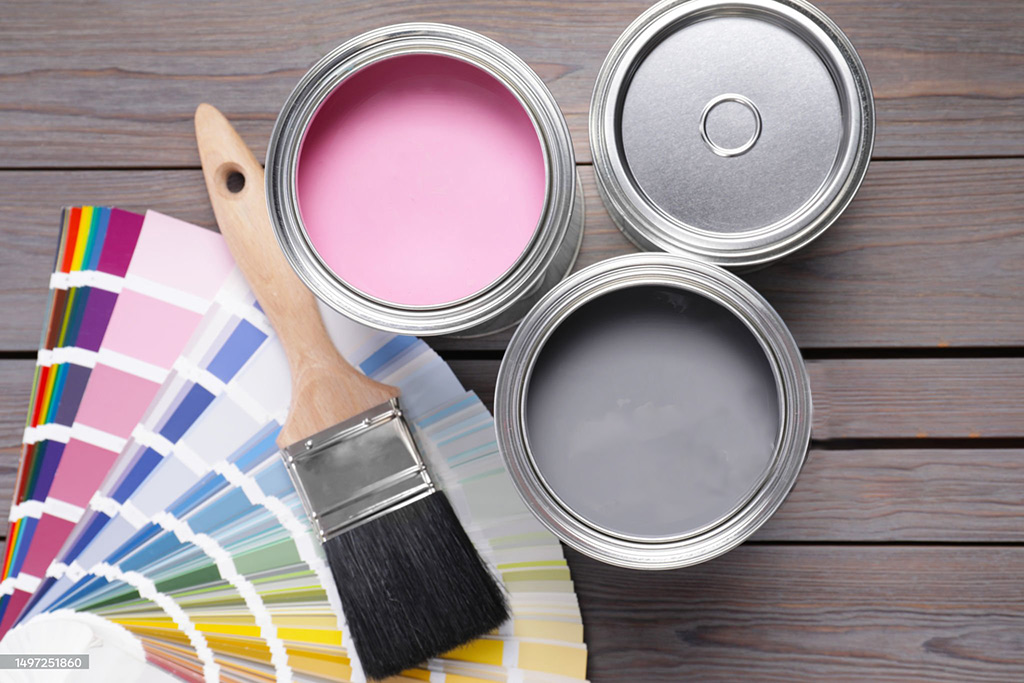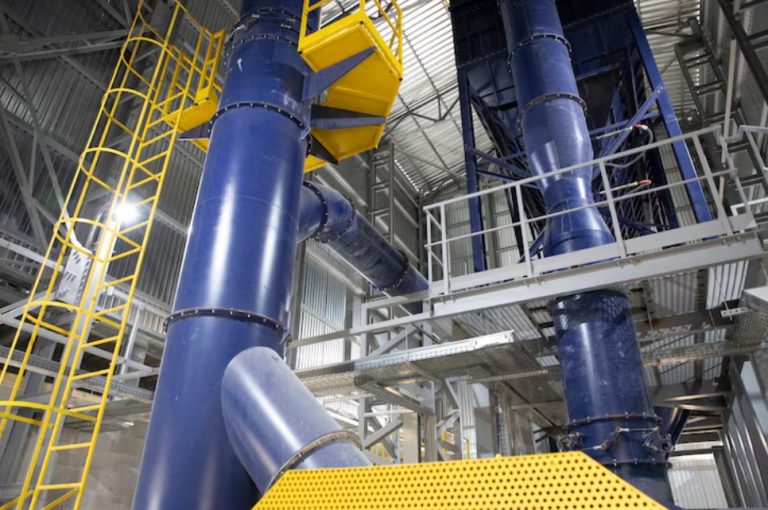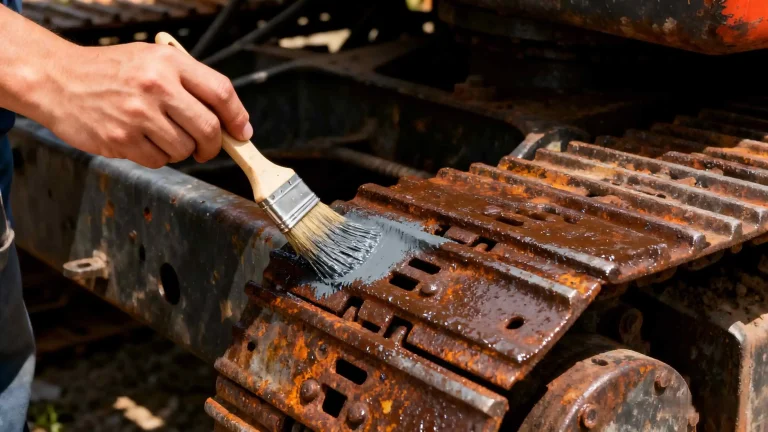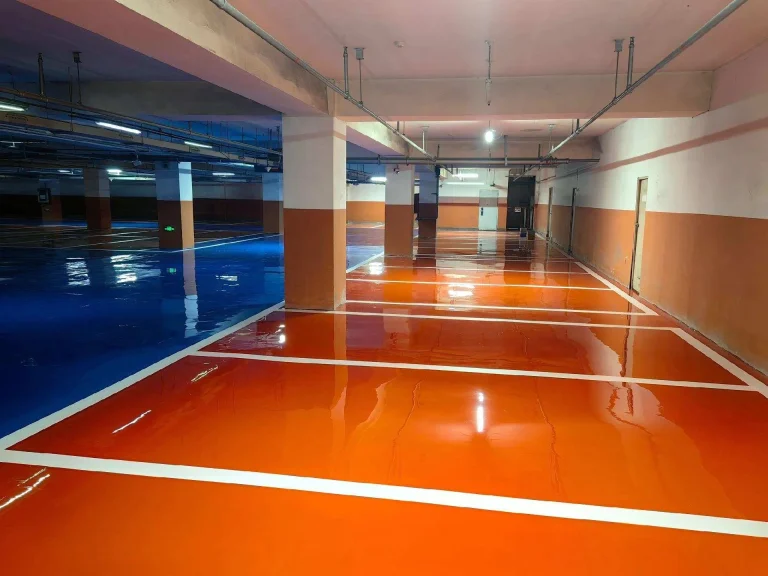
If you’re elbow-deep in industrial coatings or just wondering what keeps metal from buckling under crazy heat, you’re in the right place. High-temperature coatings aren’t just some slick paint—they’re the MVPs for everything from your weekend BBQ to heavy-duty factory equipment. This guide dives into what makes these coatings rock, their key traits, and where they do their best work. I’ll toss in some real-life examples, too, because let’s be honest, reading about theory is cool, but picturing a grill sizzling at 800°C hits harder.
What Are High-Temperature Coatings Anyway?
Imagine firing up your backyard grill, flames roaring at 800°C, and the metal’s taking a pounding. Without solid protection, that surface would warp, rust, or just quit. Enter high-temperature coatings. These are tough paints designed to shield metal from blistering heat, oxidation, and corrosion. They’re made with rugged stuff like silicone resins or inorganic silicates, blended with pigments that don’t flake when things get toasty.
Years back, people used basic enamels that peeled like cheap stickers after a few uses. Today’s coatings? Total game-changers. They stick tight, keep their color, and last ages. On a personal note, I’ve messed around with some DIY projects, and nothing beats seeing a coated fireplace rack hold strong through multiple winters without fading a bit.
Breaking Down the Performance Characteristics
So, what makes a great high-temperature coating stand out? It’s all about how it handles the heat. Let’s break it down.
Heat Resistance That Packs a Punch
These coatings can take on flames up to 800°C without blinking. No melting. No bubbling. Just rock-solid protection. Industry reports peg the global market for these coatings at $6.23 billion in 2022, with a climb to $9.41 billion by 2030 at about 5.23% growth yearly. Why? They stop oxidation—that sneaky process where metal meets oxygen and starts corroding faster than you can blink.
Think of a stove head in a bustling kitchen. It faces constant heat swings—hot, cool, hot again. A good coating keeps it from breaking down, adding years to its life. Market insights show similar growth, about 5.2% from 2024 to 2032, hitting $10.3 billion. Those numbers scream demand for gear that can handle tough environments.
Adhesion and Durability: Built to Last
Nobody wants a coating that flakes off after one hot day. These formulas grip metal like nobody’s business. They stay put through heat expansion and contraction. No peeling. No chalking. Just a tough layer that shrugs off impacts and harsh weather.
Picture a BBQ grill. Grease splatters, rain, and flames hit it hard. A durable coating fights corrosion, keeping the grill looking sharp and working well. It’s not just about looks—it’s safety, too. Weak adhesion could mean hot spots or failures. But with the right coating, you’re set. I’ve grilled enough burgers to know a flaky coating kills the vibe faster than overcooked meat.
Color Stability and Extra Goodies
Ever seen an exhaust pipe turn a funky brown after a long drive? Not with these coatings. They keep their color steady at high temps, thanks to stable pigments. Plus, they’re low in VOCs, which is a big deal for shops dealing with strict environmental rules.
They also resist chemicals and UV rays. In a fireplace, where soot and flames gang up on the surface, this means less upkeep. It’s pretty wild how a simple coating can turn a plain metal rack into a long-lasting champ.
Here’s a quick table to sum it up:
| Trait | What It Does | Why It Matters |
| Heat Resistance | Handles up to 800°C | Stops melting and rust |
| Adhesion | Grips metal tight | Stays put under stress |
| Color Stability | Keeps its look | Stays sharp over time |
| Durability | Fights corrosion and bumps | Boosts equipment life |
| Environmental | Low VOC formula | Meets eco-friendly standards |
Real-World Applications: Where These Coatings Shine
High-temperature coatings aren’t just lab experiments—they’re out there solving real problems. They show up in cozy homes and gritty factories alike. Let’s dive in.
Home and Outdoor Gear
This is where most folks see them in action. Fireplaces? Yep. Those metal surrounds and racks need protection from 800°C flames without turning chalky. BBQ grills get the same deal—picture flipping steaks on a surface that doesn’t peel or fade. Heaters and warm air blowers, too. From a fireplace facing max heat to a space heater needing a steady layer, these coatings keep things safe and looking good.
I’ve got a friend with a small grill repair shop. He swears by these coatings. “Saves me from repainting all the time,” he says. For stove tops and racks in kitchens? They handle spills and heat like champs, cutting down on replacements.
Automotive and Industrial Uses
On the road, exhaust systems take a beating from heat. Coatings here stop rust and stretch part life, especially in cars weaving through traffic. In factories, think boilers, chimneys, and pipelines. They fend off corrosion in petrochemical plants or power stations, where downtime costs a ton.
Fireplaces and Heaters: Shields metal parts from open flames.
BBQ Grills: Keeps exteriors tough against grease and weather.
Stove Tops and Racks: Handles daily heat cycles with ease.
Exhaust Pipes: Built for high-temp endurance in vehicles.
From a fireplace hitting 800°C to a heater fan needing solid coverage, these coatings deliver. It’s not just about surviving heat—it’s thriving in it.
Beyond the Basics: Niche Spots
Grills and fireplaces are big, but don’t sleep on outdoor heaters or even aviation parts. In defense gear, they tackle friction and vibrations. Petrochemical setups use them for pipes facing constant high temps. The versatility is huge. With industrialization booming in places like Asia, demand’s only climbing.
Applying High-Temperature Coatings: A Step-by-Step Rundown
Doing it right is key. Start by cleaning the surface—grind it until it shines, no oil or water left. Mix the diluent as instructed. Then, spray or brush a thin layer. Too thick, and you’re in trouble.
After that, bake at 280°C for 15 minutes if you’ve got an oven. No oven? Air-dry for 24 hours. Skip a step, and you might get bubbles. Pro tip: Spraying gives a smooth finish, but brushing works in a pinch. I’ve tried both on small projects—spray’s faster, but brushing lets you nail tight spots.
Market Trends: What’s Hot Right Now?
The coating world’s buzzing. Stricter eco rules and tech leaps are pushing low-VOC formulas. Asia-Pacific’s leading the pack, with factories in China and India driving demand. North America and Europe? They’re all about high standards fueling new ideas.
Looking ahead, expect greener formulas and coatings that handle even higher temps. It’s not just growth—it’s a shift toward smarter, tougher solutions.
Introducing Konaz: Your Go-To Supplier for Heat-Resistant Coatings

Need reliable high-temperature solutions? Konaz has you covered. They’re a top-notch manufacturer pumping out advanced coatings for industrial needs and beyond. Their high-temp line handles 800°C like a breeze, with no fading or peeling. Perfect for exhausts, fireplaces, and grills. They grip tight and last long. Based in Foshan, Konaz is all about innovation, boosting efficiency and quality. They also dabble in digital printing coatings, but for heat-resistant stuff, they’re a solid pick.
Conclusion
To wrap it up, high-temperature coatings are more than just protection—they’re lifesavers for gear facing daily heat. From killer heat resistance to real-world uses in fireplaces and grills, they deliver big time. As markets grow, staying in the know pays off. Whether you’re fixing a heater or running a factory, the right coating changes the game.
FAQs
Why are high-temperature coatings a big deal in an in-depth guide to their performance characteristics and applications?
They’re tough as nails in extreme conditions. They handle 800°C, don’t peel, and keep their color. For fireplaces or BBQ grills, they stretch equipment life and cut down on repairs—huge for anyone dealing with hot surfaces.
How do I pick the best high-temperature coating based on an in-depth guide to performance characteristics and applications?
Think about your setup. For an 800°C fireplace, go for max heat resistance. For a heater fan, focus on grip. Try a small patch first. Drying options—baking or air-drying—make a difference, too.
Are high-temperature coatings eco-friendly, per an in-depth guide to their performance characteristics and applications?
Yep, many use low-VOC formulas that meet global green standards. They cut emissions while protecting grills or stoves, blending performance with planet-friendly vibes.
How long do these coatings last, according to an in-depth guide?
It varies, but with good prep, they can go years without fading. On a busy grill, expect 5+ seasons. Industrial setups might see even longer with regular checks.
Can I apply high-temperature coatings myself, following an in-depth guide to performance characteristics?
Totally, if you nail the basics—clean surface, thin coat, proper curing. But for big jobs like furnace racks, getting pros involved saves headaches.










